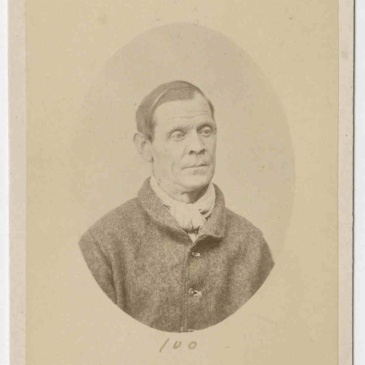Prisoner John FITZPATRICK and/or John Fitzgerald 1867-1885
John Fitzpatrick per Lord Auckland 2 – not Lord Lyndoch 2 – was 52 years old when T. J. Nevin photographed him on being received at the Hobart Gaol during transfer of several dozen prisoners under remand and sentence between July 1873 and August 1874 from the derelict Port Arthur prison. There may exist a mugshot taken on the arrest in 1880 of a younger prisoner called John Fitzgerald whose name John Fitzpatrick used in 1870 as an alias – or not, given the destruction of prison records during the Joseph Lyons era of government in the first decades of the 20th century. Fifteen year old John Fitzgerald arrived at Hobart on the same ship, the Lord Auckland 2, in August 1846 as 21 year old John Fitzpatrick. … More Prisoner John FITZPATRICK and/or John Fitzgerald 1867-1885










You must be logged in to post a comment.